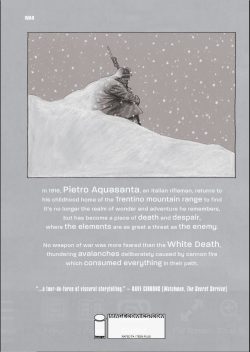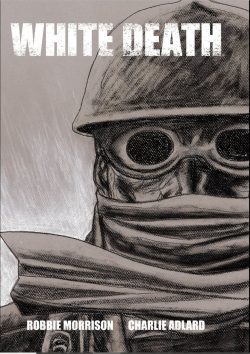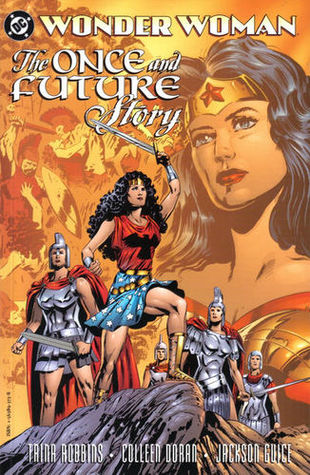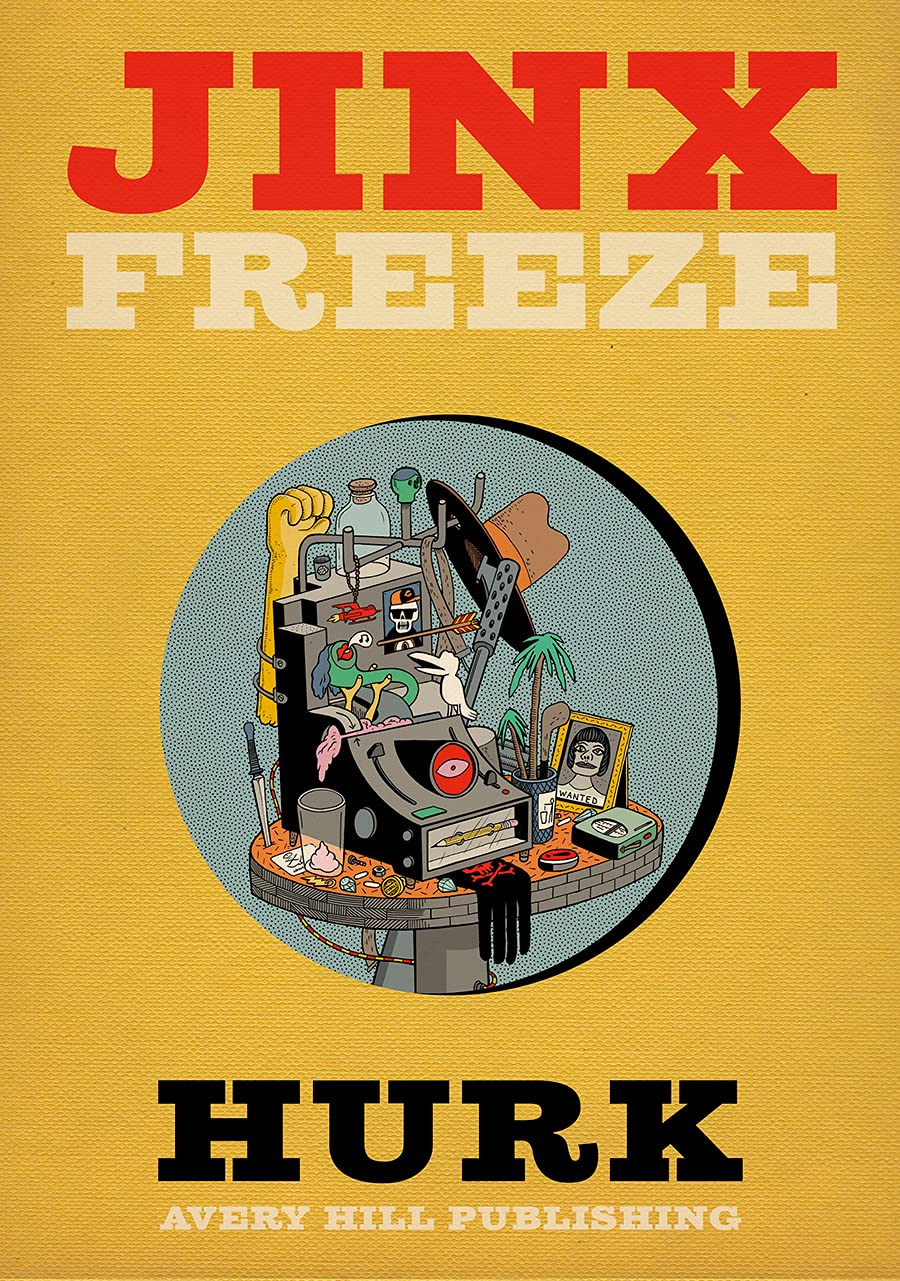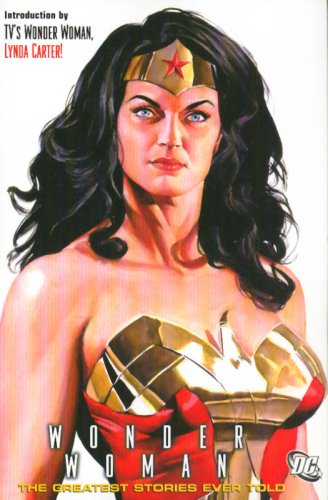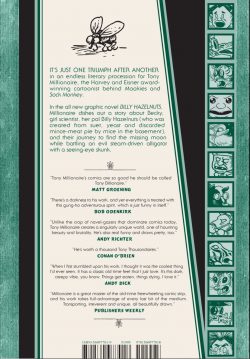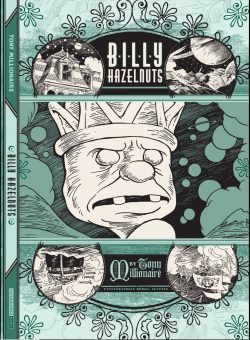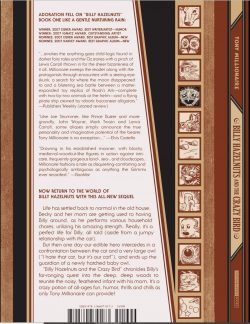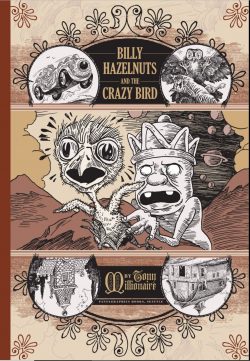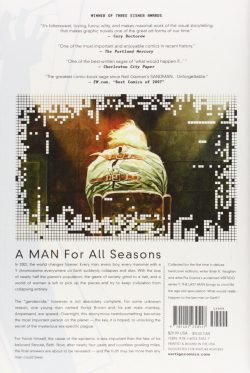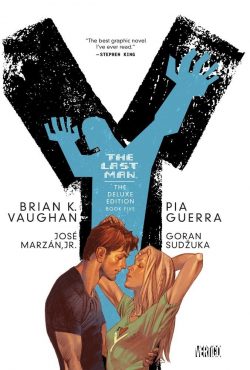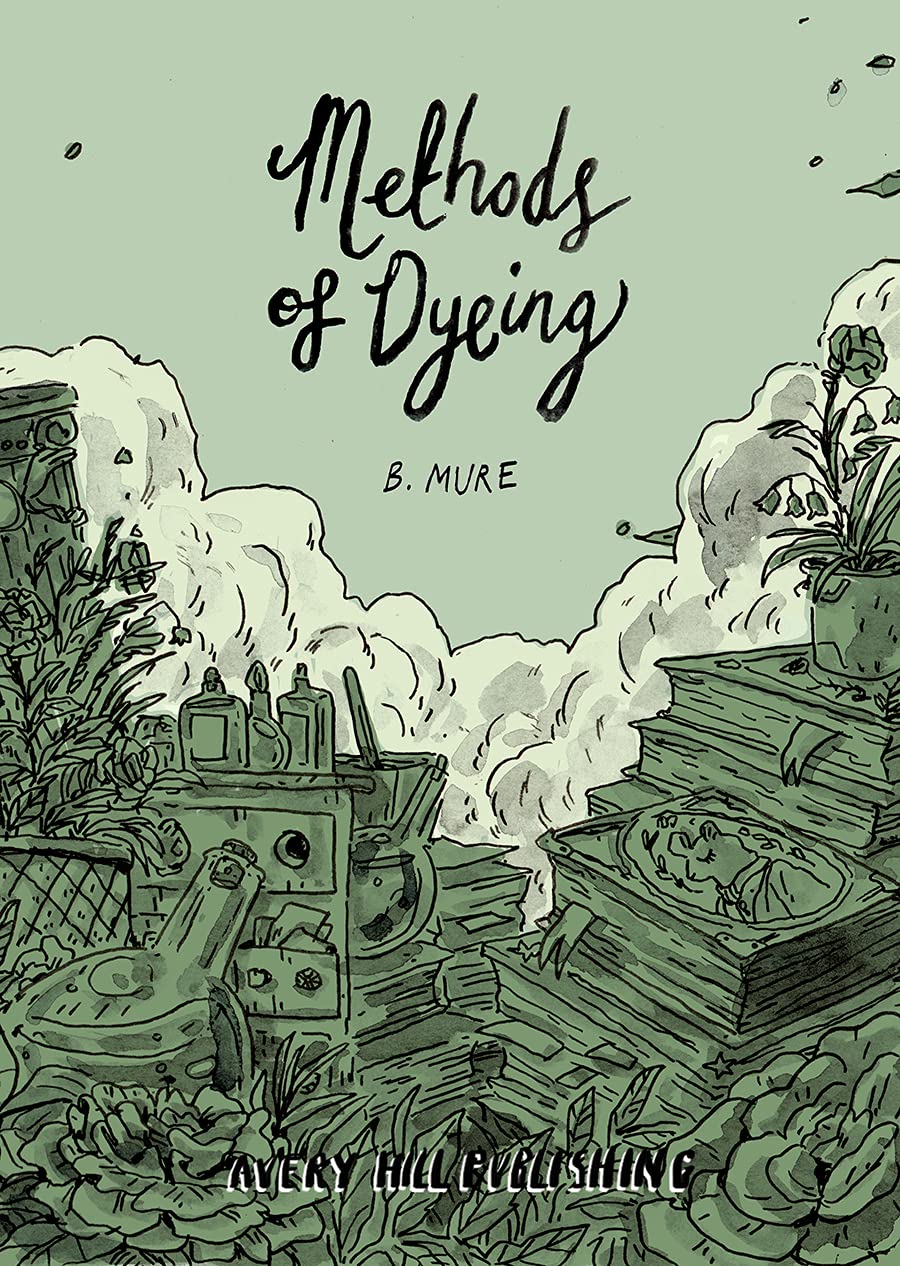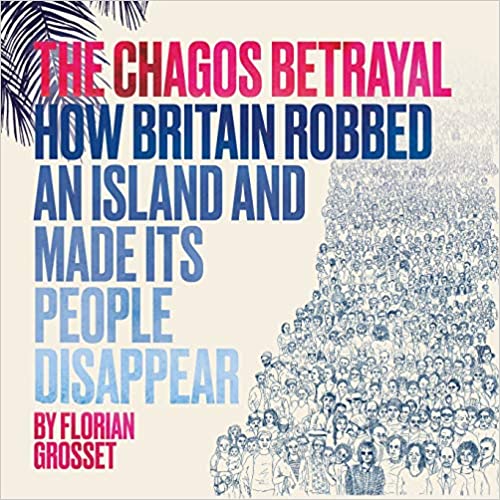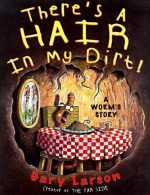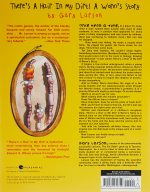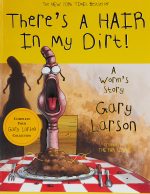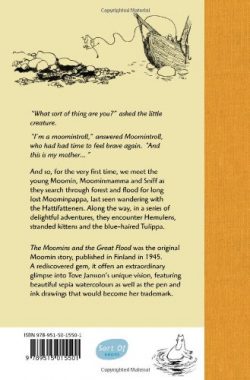
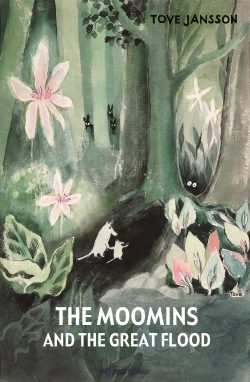
By Tove Jansson, translated by David McDuff (Sort Of Books)
ISBN: 978-1-90874-513-2 (HB)
Win’s Christmas Gift Recommendation: Heartfelt, Fantastic, Perfect… 10/10
Tove Jansson was one of the greatest literary innovators and narrative pioneers of the 20th century: equally adept at shaping words and images to create worlds of wonder. She was especially expressive with basic primal tools like pen and ink, manipulating slim economical lines and patterns to manifest sublime realms of fascination, whilst her deeply considered dexterity made simple forms into incredibly expressive and potent symbols.
Tove Marika Jansson was born into an artistic, intellectual and practically bohemian Swedish family in Helsinki, Finland on August 9th 1914. Her father Viktor was a sculptor, her mother Signe Hammarsten-Jansson a successful illustrator, graphic designer and commercial artist. Tove’s brothers Lars and Per Olov became a cartoonist/writer and photographer respectively. The family and its tight-knit intellectual, eccentric circle of friends seems to have been cast rather than born, with a witty play or challenging sitcom – or immortal kids’ fantasy – as the piece they were all destined to act in.
After intensive study (from 1930-1938, at the University College of Arts, Crafts and Design, Stockholm, the Graphic School of the Finnish Academy of Fine Arts and L’Ecole d’Adrien Holy and L’Ecole des Beaux-Arts, Paris) she became a successful exhibition artist throughout the troubled Second World War period. She was immensely creative in numerous fields, and began her first novel as war clouds began blighting Europe in 1939. As she recounts in her Preface to the 1991 Scandinavian edition, it soon became too much and she laid it aside. Only once the war was over did she acquiesce to the urgings of friends to complete it.
In 1945 the first fantastic Moomins adventure was published: SmÃ¥trollen och den stora översvämningen – The Little Trolls and the Great Flood or latterly and more euphoniously The Moomins and the Great Flood – a whimsical epic of gentle, inclusive, accepting, understanding, bohemian, misfit trolls and their strange friends, all searching for something precious but now lost in the aftermath of a terrible calamity…
A youthful over-achiever, from 1930-1953 she worked as an illustrator and cartoonist for Swedish satirical magazine Garm, and achieved some measure of notoriety with an infamous political sketch (of Hitler in nappies) that lampooned the Appeasement policies of British Premier Chamberlain and other European leaders in the build-up to World War II.
She was also an in-demand illustrator for many magazines and children’s books, and had started selling comic strips as early as 1929. Moomintroll was her signature character.
Literally.
The lumpy, lanky, gently adventurous big-eyed romantic goof began life as a spindly sigil next to her name in her political works. She called him “Snorkâ€: claiming to have designed him in a fit of pique as a child. He was the ugliest thing a precocious little girl could imagine and a response to losing an argument with her brother about Immanuel Kant.
The term “Moomin†came from her maternal uncle Einar Hammarsten who attempted to stop her pilfering food when she visited by warning her that a Moomintroll guarded the kitchen: creeping up on trespassers and breathing cold air down their necks. Over the years Snork/Moomin filled out, became timidly nicer – if a bit clingy and insecure – acting as a placid therapy-tool to counteract the grimness of the post-war world.
The Moomins and the Great Flood didn’t make much of an initial impact but Jansson persisted, probably as much for her own edification as any other reason, and in 1946 her second book Kometjakten (Comet in Moominland) was published. Many critics and commentators have reckoned the terrifying tale a skilfully compelling allegory of impending Nuclear Armageddon. I’m sure we all have some idea what that feels like, these days…
When it and her third illustrated novel Trollkarlens hatt (1948’s Finn Family Moomintroll also occasionally seen as The Happy Moomins) were translated into English in 1952, they reaped great acclaim, prompting British publishing giant Associated Press to commission a newspaper strip about her seductively sweet and sensibly surreal creations.
Jansson had no misgivings, pretensions or prejudices about strip cartoons and had already adapted Comet in Moominland for Swedish/Finnish paper Ny Tid. Mumintrollet och jordens undergäng – Moomintrolls and the End of the World – was a popular feature, so she readily accepted the chance to invite her eclectic family into homes across the world.
In 1953, The London Evening News began the first of 21 Moomin strip sagas which inevitably captivated readers of all ages. Tove’s involvement in the cartoon feature ended in 1959, a casualty of its own success and a punishing publication schedule. So great was the strain that towards the end she had recruited brother Lars to help. He took over completely, continuing the feature until its end in 1975, captivating generations of children and adults alike and pushing Jansson’s gentle gang to the forefront of literary universes…
Eventually, after a succession of 9 novels, 5 picture books and that sublime strip, Tove returned to painting, writing and her other creative pursuits, generating plays, murals, public art, stage designs, costumes for dramas and ballets, a Moomin opera as well as 13 books and short-story collections strictly for grown-ups.
Tove Jansson died on June 27th 2001 and her awards are too numerous to mention, but consider this: how many modern artists – let alone comics creators – get their faces on the national currency?
Her Moomin strips are now available in many languages – including English – and just waiting for you to enjoy. Expect untrammelled delight and delectation.
Available in hardback and ecologically sound digital editions, The Moomins and the Great Flood was out of print for years in Europe and never translated into English at all until 2005 – published by Schildts of Finland in a 60th anniversary of the series – probably because it’s slightly more sombre than the later tales. This particularly resplendent hardback hails from 2012, published in Britain by Sort Of Books and a charmingly moving little thing it is.
Neither comic strip or graphic novel, but rather a beautifully illustrated picture book, it remains unafraid to be allegorical or scary or sad yet closes with a message of joy and hope and reconciliation. Something else we could all do with…
It begins one day at the end of August as quietly capable Moominmamma and her nervous little son enter the deepest part of the great Forest. They are tired and hungry and have been searching for the longest time for Moominpappa. The big gallant oaf went off adventuring with the crazy wandering Hattifatteners and no one has seen him since. It’s been years…
Soon they are joined by a nervous Little Creature and, after escaping a Great Serpent, meet a blue haired girl named Tulippa who used to live in a flower…
Travelling together, they meet an old gentleman who lives in a tree containing a huge park full of sweets and treats, traverse a terrific abyss in a railway cart and narrowly escape an ant-lion. Persevering, the hopeful party continue their wandering search until encountering a band of Hattifatteners: joining them on their boat just as the skies begin to darken and a vast deluge begins…
The tumultuous voyage search takes all concerned through a world turned upside down by calamity, but eventually leads to a joyous reunion after all the assorted individualistic creatures affected by disaster pull together to survive the inundation and its effects…
Augmented with 14 stunning sepia-wash illustrations and 34 spot-illos in various styles of pen and ink scattered like cartoon confetti throughout the confection, this is a magical lost masterpiece for the young, laced with unfettered imagination, keen observation and mature reflection. It all enhances and elevates a simple kid’s story into a sublime classic of literature. Charming, genteel, amazingly imaginative and emotionally intense, this is a masterpiece of fantasy no one could possibly resist…
Text and illustrations © Tove Jansson 1945, 1991. English translation © David McDuff 2012.
